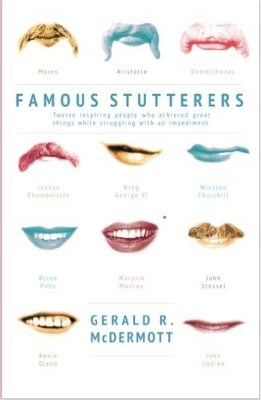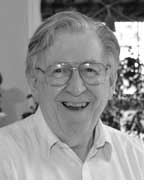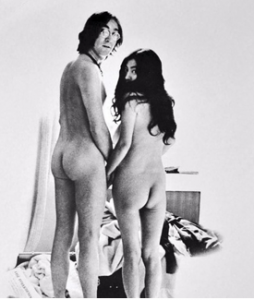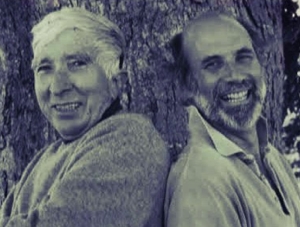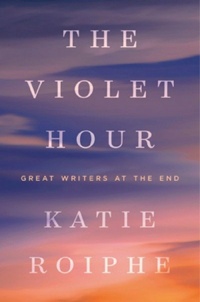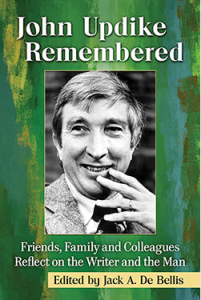 John Updike Remembered: Friends, Family and Colleagues Reflect on the Writer and the Man, edited by Jack De Bellis, will be published this summer by McFarland Books and is now available to pre-order. The softcover volume features 53 remembrances that “present a prismatic view of the two-time Pulitzer Prize winner and his work through anecdote and insight” as “interviews and essays from family, friends and associates reveal sides of the novelist perhaps unfamiliar to the public—Updike the high school prankster, the golfer, the creator of bedtime stories, the charming ironist, the faithful correspondent with scholars, the devoted friend and the dedicated practitioner of his craft,” as described on the McFarland website. List price is $29.95.
John Updike Remembered: Friends, Family and Colleagues Reflect on the Writer and the Man, edited by Jack De Bellis, will be published this summer by McFarland Books and is now available to pre-order. The softcover volume features 53 remembrances that “present a prismatic view of the two-time Pulitzer Prize winner and his work through anecdote and insight” as “interviews and essays from family, friends and associates reveal sides of the novelist perhaps unfamiliar to the public—Updike the high school prankster, the golfer, the creator of bedtime stories, the charming ironist, the faithful correspondent with scholars, the devoted friend and the dedicated practitioner of his craft,” as described on the McFarland website. List price is $29.95.
“Contributors include: his first wife, Mary Pennington, and three of their children; high school and college friends; authors John Barth, Joyce Carol Oates and Nicholson Baker; journalists Terri Gross and Ann Goldstein; and scholars Jay Parini, William Pritchard, James Plath, and Adam Begley, Updike’s biographer.”
De Bellis, who is Professor Emeritus of English at Lehigh University, was a founder of The John Updike Society and served on the board of directors from 2009-14. A member of the editorial board of The John Updike Review, he is best known among scholars for the books he has edited or written on Updike:
—John Updike, 1967-1993: A Bibliography of Primary and Secondary Sources (Greenwood Publishing Group, 1994)
—The John Updike Encyclopedia (Greenwood Publishing Group, 2000)
—John Updike: The Critical Responses to the “Rabbit” Saga (Oak Knoll Press, 2003)
—John Updike: A Bibliography of Primary and Secondary Materials, 1948-2007, co-authored by Michael Broomfield (Oak Knoll Press, 2008)
—John Updike’s Early Years (Lehigh University Press, 2013)

